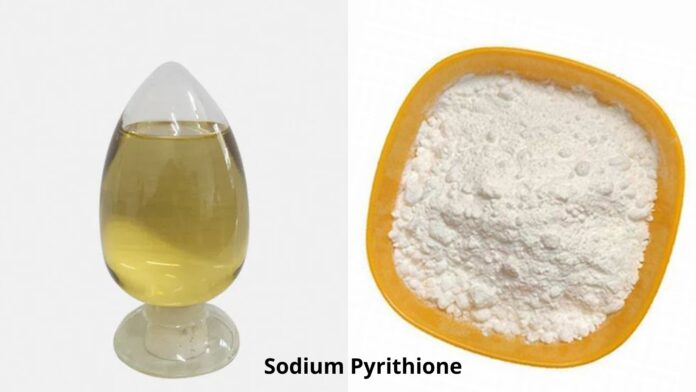Sodium pyrithione is a chemical compound with the structural formula Na-2O-2S-2. It is classified as a member of the thiosulfate family of compounds. Sodium pyrithione is a white solid that is soluble in water. It is most commonly used as an antimicrobial agent but has also been shown to exhibit antibacterial and antifungal properties. The sodium pyrithione cas no. is 3811-73-2.
In this blog post, we’ll be taking a quick and dirty look at sodium pyrithione. We’ll explore what it is, what it’s used for, and some of its key chemical and physical properties. So, without further ado, let’s get started!
Different Grades of Sodium Pyrithione
It is available in the market in two grades; one is the industrial grade pyrithione which is available in light yellow liquid. This type of biocide has a PH value of 9-11 and an assay of 40% min. On the other hand, second grade is known as a pharmaceutical grade which is available in a powdered form. It has an off-white color with a pH of 5.5-10.5. The assay is estimated to be 98%-102% Min in a dry form.
Chemical Properties of Pyrithione
Sodium pyrithione has a molecular weight of about 149.16 g/mol. The Boiling point of this biocide is almost 109°C which is equal to 228.2° on a Fahrenheit scale. Pyrithione is soluble in water and its solubility in water has been measured to be 6.45 mg/mL. This solvent has a slightly higher melting point which is -25°C (-13°F) and the density is 1.22 g/cm3. In addition to all this, sodium pyrithione is also known for its distinct odor, which has been described as chlorine-like or fishy. This odor is most apparent when the compound is dissolved in water.
Sodium pyrithione is a white, powdery solid with a distinct sulfur odor. It is commonly used as a bactericide, fungicide, and algaecide. Sodium pyrithione is soluble in water and alcohol but insoluble in acetone and ethyl ether. The chemical formula for sodium pyrithione is C5H4NOSNa.
Bactericidal Mechanism of Pyrithione
Sodium pyrithione is an antimicrobial agent that has bactericidal activity against a wide range of microorganisms. It works by inhibiting the growth of bacteria and preventing them from reproducing. sodium pyrithione msds demonstrates that the compound is effective against both Gram-positive and Gram-negative bacteria, making it a broad-spectrum antimicrobial agent.
Uses of Sodium Pyrithione
As an antimicrobial agent, sodium pyrithione is used in a variety of cosmetics and personal care products, including shampoos, conditioners, and soaps. It is also used as a preservative in some paints and coatings. Sodium pyrithione is effective against a wide range of microorganisms, including bacteria, yeasts, and fungi.
Bottom Line
Sodium pyrithione is a versatile chemical compound with a wide range of applications. It is most commonly used as an antimicrobial agent but has also been shown to exhibit antibacterial and antifungal properties. This biocide is poisonous if ingested and can cause skin irritation if exposed to it. It is classified as a hazardous material and should be handled with care. If you’re interested in learning more about this fascinating compound, be sure to check out our blog post on sodium pyrithione!










